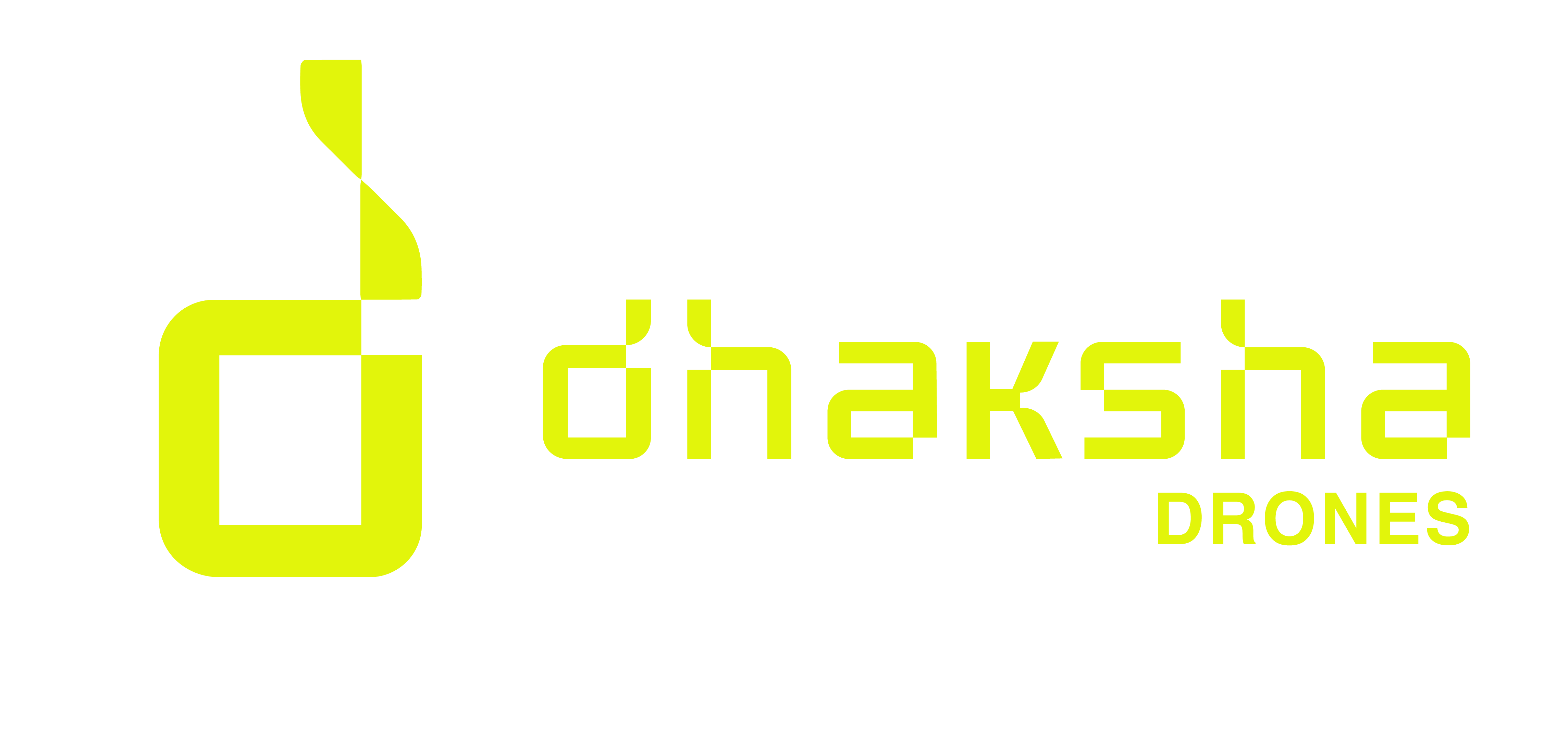Survey and Mapping
Drones are equipped with advanced mapping sensors and imaging technology, making them invaluable tools for surveying and mapping applications. Their versatility, cost-effectiveness, and efficiency offer several advantages over traditional surveying methods also provides high detailed geospatial dataset for better spatial decision making.
Survey and Mapping Outputs from Drones
High-Resolution Imagery
Drones capture high-resolution aerial imagery, providing detailed views of the surveyed area. This level of detail enhances the accuracy of mapping outputs and enables a more comprehensive analysis of the terrain compared to satellite and aerial technology.
Topographic Mapping
The elevation data collected by drones facilitates the creation of precise topographic maps. This is crucial for various industries, such as urban planning, hydrological study, infrastructure development, and environmental monitoring.
3D Modelling
Drones can generate 3D models of the surveyed area using photogrammetry techniques. These models offer a realistic representation of the terrain, aiding in better visualization and analysis. VR Integration in Drone 3D model provides realistic feel to navigate terrain.
Vegetation and Land Cover Mapping
Multispectral and thermal sensors on drones allow for detailed mapping of vegetation health and land cover types. This information is valuable for environmental assessments, precision agriculture, and ecosystem monitoring of large area.
Rapid Surveying
Drones can cover large areas quickly and efficiently, reducing surveying time compared to traditional methods. The real time survey using drones enhances project timelines and reduces overall costs and provide better decision making.
Data Integration
The data collected by drones can be seamlessly integrated into Geographic Information System (GIS) platforms, enabling easy analysis, collaboration, and decision-making.
Benefits
Cost Efficiency
Drones reduce the costs associated with labour, equipment, and time, making surveying and mapping operations more cost-effective.
Safety
By minimizing the need for field crews to access difficult or hazardous terrain, drones enhance safety during data collection.
Real-Time Monitoring
Drones provide real-time data, allowing for immediate assessment and decision-making, especially in dynamic situations or emergency response scenarios during disaster.

